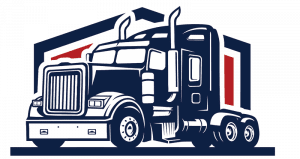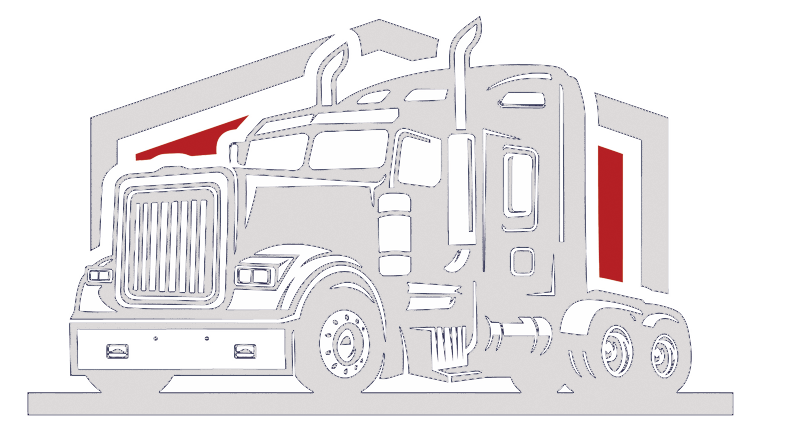Faq: General Trucking Industry Questions
The trucking industry is an essential part of the global economy. It’s responsible for transporting goods and materials to their destination across the country, which helps businesses succeed and our everyday lives run smoothly. But with so many moving parts in the industry, it can be difficult to understand it all. This article will answer some common questions about the general trucking industry, giving you a better understanding of how this crucial sector works.
The trucking industry is an ever-evolving landscape, and staying informed on its developments is key to success as either a driver or employer. If you’re looking to gain insight into the world of truck driving – from licensing requirements to job opportunities – we’ve got your answers right here! We’ll cover everything from what you need to know before getting started to navigating regulations that apply throughout the journey.
No matter if you’re just starting out or have been involved in the industry for years, there’s always something new happening in trucking – so let’s get up to speed with these FAQs! Get ready to learn more about this important field than ever before as we dive into commonly asked questions about the general trucking industry.
General Trucking Industry Questions: Conclusion
To sum up, being a truck driver requires knowledge of the industry and its regulations. It’s important to understand the average salary for drivers, what kind of physical requirements must be met in order to become licensed, how much fuel is usually required on long trips, how many hours are legally allowed during a day of driving, and what type of insurance is needed.
Trucking can be an immensely rewarding career if you’re willing to put in the time and effort that it takes. After all, as they say: “If you want something done right – get behind the wheel!” With proper preparation and dedication, becoming a professional truck driver can lead towards a successful future full of exciting opportunities.
Overall, it’s essential for anyone looking into this line of work to make sure they have all their ducks in a row before taking off down the highway – from learning about salary expectations to ensuring that their vehicles meet safety standards – so that they know exactly what lies ahead. With these helpful tips in mind, aspiring truckers should have no problem finding success within this dynamic industry.

